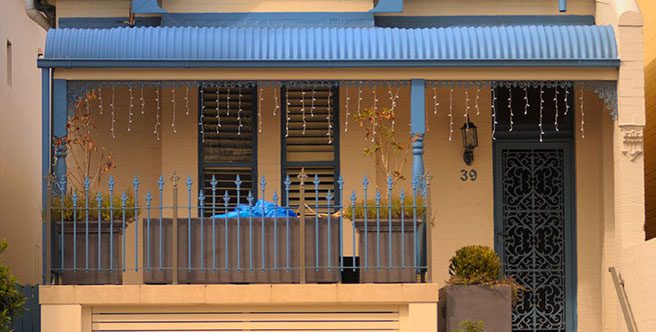A trio of positive events for housing affordability in recent weeks has seen the Australian property market brimming with cautious confidence again.
Over the weekend there was an increase in auction clearance rates across the nation and analysts are now predicting a much sooner-than-expected turnaround in the housing market, to later this year.
The first uplift came with the recent re-election of the Liberals, who opposed reform to negative gearing and capital gains tax arrangements. The proposed reform by the Labor party if elected, had seen a large-scale curbing of investments as investors waited for polling outcomes.
During the period of uncertainty leading up to the election, house rates fell down to 10 percent annually for Sydney and Melbourne. With analysts saying a further dip to 20-25 percent would come and a turnaround not possible till 2020.
However, property investors are now resting easy knowing that the capital gains tax and negative gearing will remain relatively unchanged, providing predictability for the near future regarding their current investments.
This stability and predictability has had a flow-on effect, allowing for other industry changes to rise to the surface, shifting the current state of the property market.
One of these changes – and the second factor – driving this change came last week, when the Australian Prudential Regulation Authority (APRA) proposed changes to the assessment of mortgage serviceability, which takes into account the historically low interest rates.
APRA proposed the removal of the rule that all customers applying for a mortgage are to be assessed on their capacity to make repayments with interest rates of 7 per cent, or 2 per cent higher than the current actual interest rate.
Given the current bank rate is several points below this threshold this will have a significant impact on banks assessments of borrower’s ability to service a loan and allow home buyers to borrow larger sums to purchase a property.
In addition to the above, the rigidity with which banks required large deposits and required borrowers to repay their mortgages on a principle and interest (P&I) basis is also beginning to be relaxed. This is allowing borrowers with less capital to enter the mortgage market.
Lastly, it’s expected that the Reserve Bank of Australia (RBA) will cut interest rates when they meet on 4 June and will make further cuts in in July, making conditions more favourable for investors. However, this last factor should be noted with caution – while together these trio of events mean housing affordability has improved, these cuts also signal RBA forecasts more instability in the economy, with issues such as household-to-debt ratio still at a record high, prompting the cuts.
With the barriers to entry into the property market being lowered, it’s likely that we will see demand for dwellings at the affordable end of the market to grow at a rapid pace.
What does the national context mean for the Victorian property market?
Overall, the Victorian market looks to be in a prime condition for those in a position to develop or invest in residential property to meet the potential for increased demand.
While demand for dwellings at the affordable end of the market are expected to grow at a rapid pace; this comes at a time when supply of new affordable dwellings has been curtailed due to difficulties in land titling on the outer ring and a reduced appetite to develop high volume product in inner suburbs (partly at least due to limitations on foreign investment).
In order to keep up with the demand of both new market entrants and the expected rapid growth of population, there will need to be major and consistent development of housing stock at the affordable end of the market, or the increase in house prices will evaporate the benefits of the easier access to the market. This is likely to then impact on the broader property prices as investors and ‘upsizers’ are then forced to compete with first home buyers pushing into their price bracket.
If you’re considering an investment or development project, speak to your William Buck Advisor to understand how the post-election market movements may impact you.
















